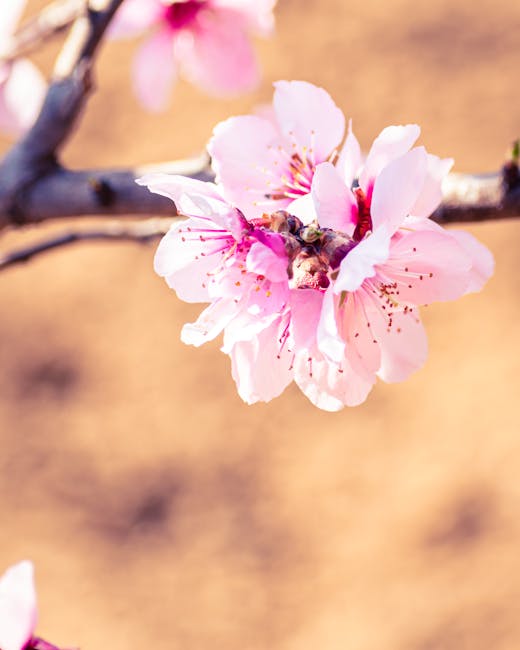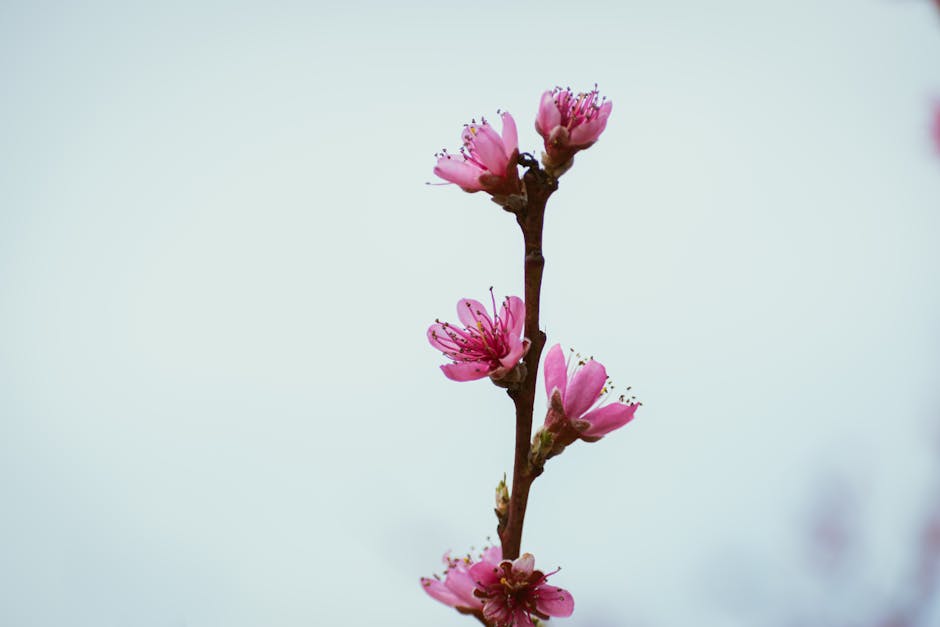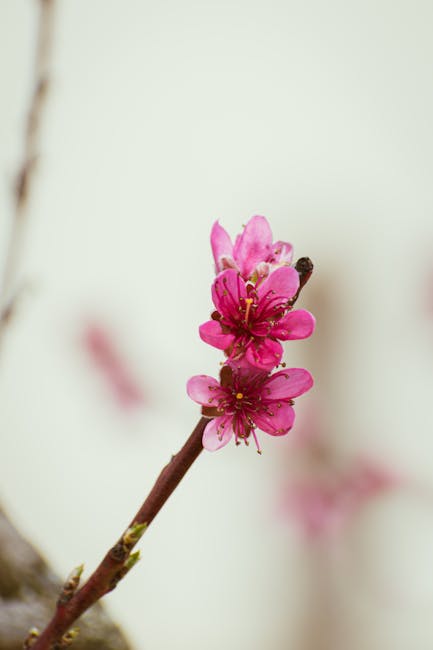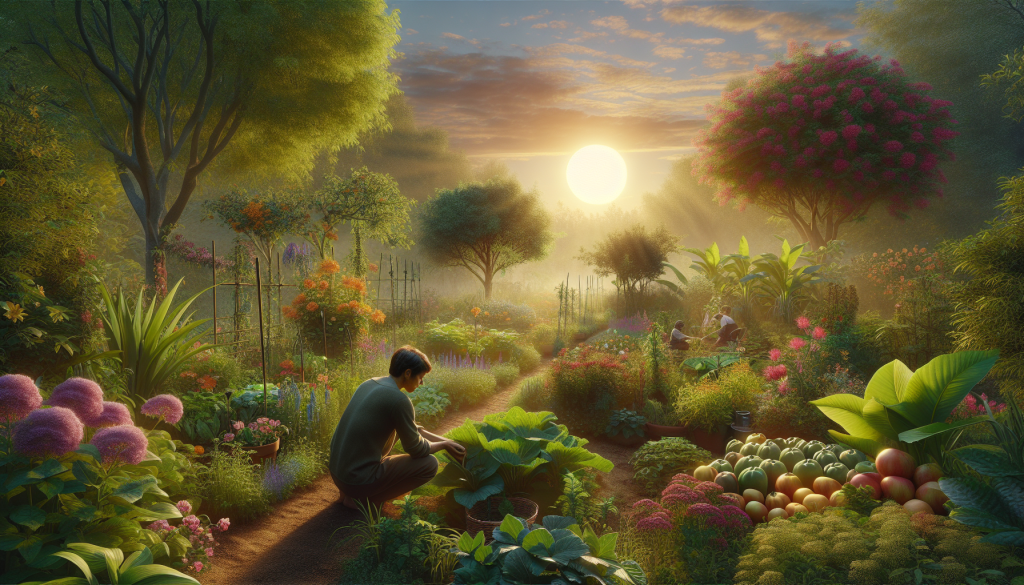I. Introduction
Gardening is a rewarding activity that offers numerous benefits. It’s not just about the aesthetic appeal of having a beautiful green space around your home. Gardening is a holistic activity that contributes to your overall well-being. It’s a form of self-care that can help reduce stress, improve mood, and even provide a source of fresh, organic produce. #GardeningTips
Moreover, gardening can be a therapeutic activity. It allows you to connect with nature, get some fresh air and sunshine, and engage in a physical activity that’s both relaxing and rewarding. The benefits of gardening extend beyond the individual gardener to the environment as well. Gardens can provide habitat for wildlife, help reduce air pollution, and contribute to a healthier ecosystem. #GreenThumb

Photo by Nikolett Emmert on Pexels
II. Getting Started with Gardening
Starting a garden requires some planning and preparation. The first step is to choose the right location for your garden. You’ll need a spot that gets plenty of sunlight, has good soil, and is easily accessible for watering and maintenance. Consider the type of garden you want to create. Do you want a vegetable garden, a flower garden, or an herb garden? Each type has its own specific needs and considerations.
Once you’ve decided on the type of garden, gather the necessary tools and supplies. Basic gardening tools include a shovel, a rake, a hoe, and a watering can or hose. You may also need specific tools depending on the type of plants you choose to grow. #PlantLove
III. Selecting Plants for Your Garden
Choosing the right plants for your garden is crucial. You need to understand your climate and soil conditions. Some plants thrive in certain climates and soil types, while others may struggle. Research the plants that are native to your region or are known to thrive in similar conditions. This will increase your chances of gardening success.
Consider the needs of different plants. Some plants require full sunlight, while others prefer shade. Some plants need lots of water, while others are drought-tolerant. Understanding these needs will help you choose the right plants for your garden and ensure they thrive. #GardenGoals

Photo by Nikolett Emmert on Pexels
IV. Essential Gardening Techniques
Once you’ve chosen your plants, it’s time to prepare the soil. Good soil is the foundation of a healthy garden. It should be rich in organic matter and well-draining. You may need to amend your soil with compost or other organic matter to improve its fertility and structure.
Planting seeds or seedlings is the next step. Follow the planting instructions for each plant, as some may need to be planted at a certain depth or spacing. After planting, water your garden thoroughly and apply a layer of mulch to help retain moisture and suppress weeds.
Regular watering and fertilizing are crucial for the health of your garden. However, it’s important not to overwater or over-fertilize, as this can harm your plants. Monitor your plants for signs of pests or diseases and take action as soon as you notice any problems. Pruning and maintaining your plants will keep them healthy and productive. #UrbanGardening
V. Maintaining a Healthy Garden
Regular weeding and mulching are key to maintaining a healthy garden. Weeds can compete with your plants for nutrients and water, so it’s important to remove them regularly. Mulching helps retain soil moisture, suppress weeds, and improve soil fertility.
Monitor your garden regularly and adjust your watering schedule as needed. Different plants have different water needs, and these can change depending on the weather. Recognize signs of plant stress or nutrient deficiencies, such as yellowing leaves or stunted growth, and adjust your care practices accordingly.
Implementing organic gardening practices can help maintain a healthy garden while also benefiting the environment. This includes using organic fertilizers and pest control methods, composting kitchen and garden waste, and practicing crop rotation and companion planting. #GrowYourOwn

Photo by Nikolett Emmert on Pexels
VI. Harvesting and Enjoying the Fruits of Your Labor
One of the most rewarding aspects of gardening is harvesting the fruits of your labor. Knowing when to harvest different crops is important for the quality and taste of your produce. Most vegetables are best harvested when they are young and tender, while fruits should be allowed to ripen on the plant.
Properly storing and preserving your harvested produce will ensure you can enjoy it for longer. This can include canning, freezing, drying, or simply storing in a cool, dark place. Sharing your garden’s bounty with others is a wonderful way to spread the joy of gardening and promote a sense of community. #GardenInspiration
VII. Conclusion
In conclusion, gardening is a rewarding activity with numerous benefits. It’s a form of self-care that can improve your physical and mental health, provide a source of fresh, organic produce, and contribute to a healthier environment. Whether you’re a seasoned gardener or a beginner, there’s always something new to learn and enjoy in the garden.
So why not start your gardening journey today? With a bit of planning and preparation, you can create a beautiful and productive garden that brings you joy and satisfaction. Remember, every gardener started as a beginner, and every garden, no matter how small, can make a difference. So get out there and start planting! #BloomingBeauty
For more tips and advice on self-care and personal growth, check out our articles on developing resilience, chakra activation, and the power of meditation.

